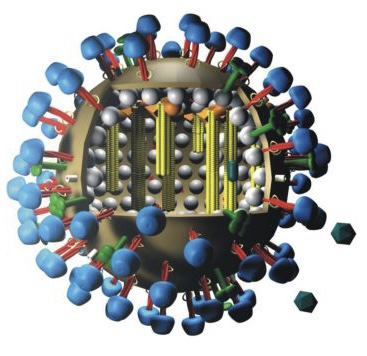The strain of avian influenza, or bird flu, known as H5N1 has proved to be alarmingly adept at jumping continents and species. First discovered in 1996 in geese bred on a farm in southern China, the virus has rampaged through populations of captive, commercial birds in recent years, prompting governments to order the slaughter of tens of millions of turkeys, chickens and other poultry to limit the opportunity for contagion. One result: higher food prices. Carried by infected wild birds, particularly geese, swans and gulls, the virus has also been gaining a foothold in many types of mammals. That includes a small number of humans, where it has proven to be lethal. Now seemingly able to spread from mammal to mammal — as seen with mink on a Spanish farm and Peruvian sea lions — the ever-evolving virus has public-health officials on alert for any indications of the most feared outcome: human-to-human transmission that could trigger a pandemic.

